10 Rail-Trails That Helped Build the Movement
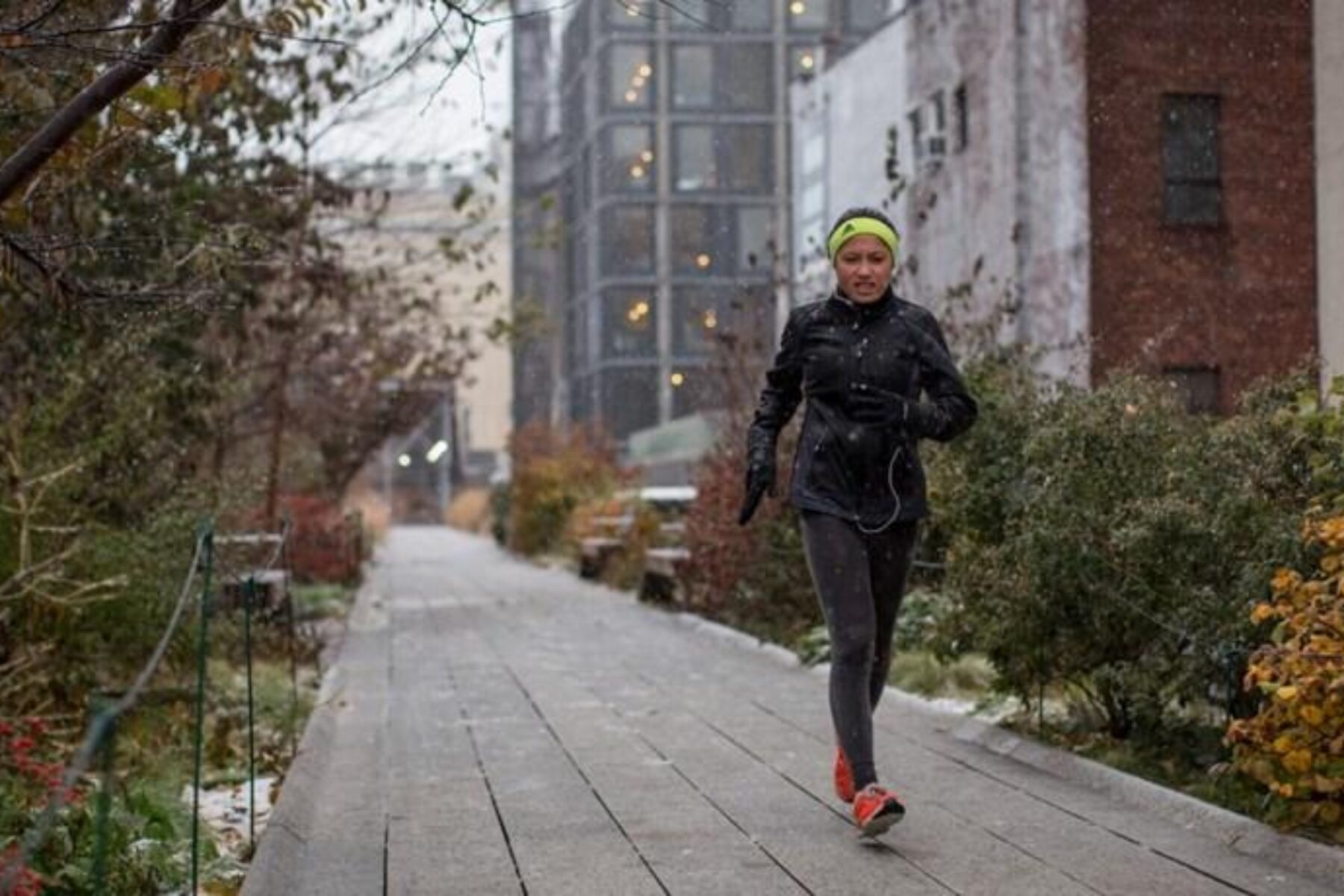
Let me start by writing that, emphatically, there was no way to cover in this post every trail that was influential in the development of the 22,000 miles of rail-trails we know and love today. So consider this post #1 on this subject.
In February 1986, RTC opened its doors, and since that time, trails have become the fabric of our existence—for health and physical activity, transportation, economic development, recreation and cultural impact. (They are, in a word, awesome.)
Here are 10 rail-trail game-changers—in no particular order.
1. Starting It All, Part 1 – Illinois Prairie Path (Illinois)
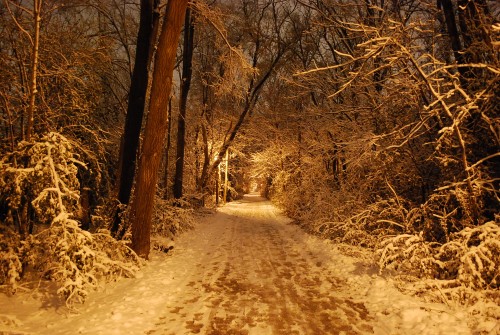
Okay, so I do have to start with these two trails, because they helped start it all. In 1963, naturalist and writer May Theilgaard Watts published a letter to the editor in the Chicago Tribune imploring the transformation of the disused Chicago, Aurora & Elgin Railway into a trail. The letter inspired an outpouring of support, and by 1967, the first signs had been posted for the Illinois Prairie Path. The trail now webs 61 miles between Aurora and Chicago and boasts a nice variety of landscapes and quaint towns.
2. Starting It All, Part 2 – Elroy-Sparta State Trail (Wisconsin)
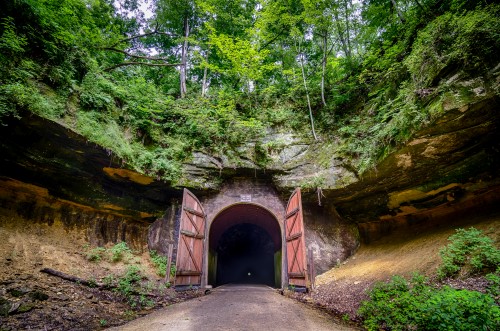
In 1965, Wisconsin purchased the right-of-way for the Chicago and North Western Railway. Two years later, the pathway opened to the public as the Elroy-Sparta, widely considered to be the oldest rail-trail in the U.S. The 32-mile trail is a sight for railroad history buffs, with three tunnels dating back to the 1860s that are still graced by their original 20-foot-high wooden double doors, used as protection from the snow. They say tunnel watchmen used to have to open and close the doors up to 50 times a day!
3. Setting a Precedent – Island Line Trail (Vermont)
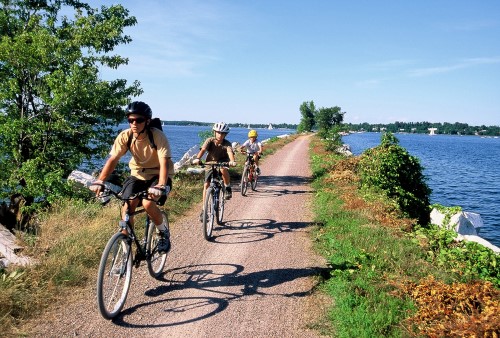
Congress’ railbanking act of 1968, whereby disused rail corridors could be preserved for future use through interim conversion to trails, would help support the development of thousands of miles of trails but would also receive challenges by opponents. In a 1996 decision for the case Preseault v. United States, which concerned a tract of land in Burlington, Vermont, the Supreme Court unanimously ruled in favor of the constitutionality of railbanking. The land became the Burlington Bike Path (now Island Line Trail). Now one of New England’s most popular trails, the 14-mile rail-trail features Burlington’s popular waterfront as well as a marble causeway that spans over beautiful Lake Champlain.
4. Cultural High – High Line (New York City)
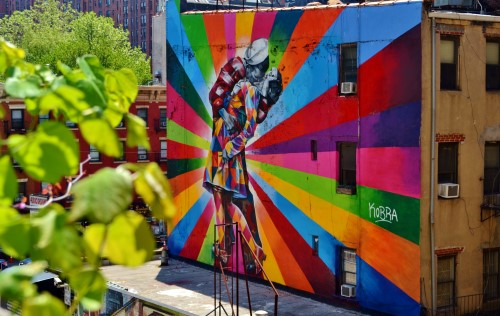
We know, we know, you’ve heard about the High Line a million times. But that’s because in the seven years since its official opening, the 1.5-mile-long, 30-foot-high linear park in the west side of Manhattan has helped redefine New York City’s cultural identity and has become a national example of how trails can create signature public space—or “town squares”—in communities. Enormously popular with residents and visitors, the High Line has rooftop gardens, art spots and some awe-inspiring overlooks. Read about the two guys that started it all.
5. Legendary – Great Allegheny Passage (Pennsylvania)
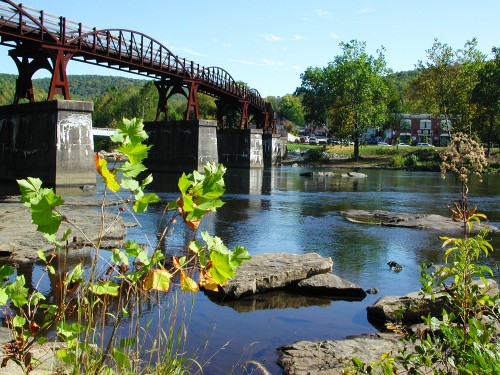
One of America’s most famous rail-trails, the 150-mile GAP is in a category by itself. It was part of George Washington’s Braddock Road corridor, created during the Seven Years War (before he was President) to connect Fort Cumberland in Maryland to the Ohio River in Pittsburgh. The trail features architectural marvels, historical sites, the 3,294.6-foot-long Big Savage Tunnel, tree tunnels (literally), amazing water features and two geographical boundaries—the Mason-Dixon Line and the Eastern Continental Divide. It has established “Trail Towns” that have benefited in incredible ways economically from trail tourism. And it connects to the C&O Canal Towpath, creating a continuous 334.5-mile legendary ride (or walk!) to Washington, D.C. This ride is on the bucket list of bicyclists and trail enthusiasts across America.
RELATED: 10 Great Hiking and Walking Trails
6. Safe Travels – Fred Marquis Pinellas Trail (Florida)
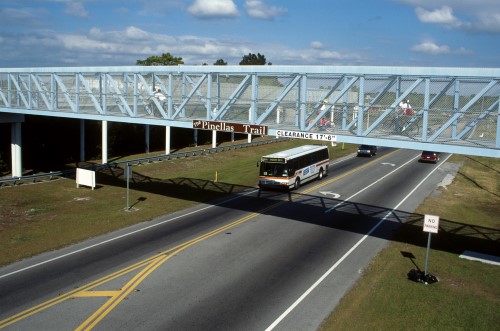
After the Pinellas Trail opened in 1996, it exceeded all expectations, with user estimates ranging between 70,000 and 90,000 users per month. The 44.3-mile route connects some of the most highly urbanized areas of Pinellas County with parks, scenic coastal areas and residential neighborhoods, making it an important transportation and health connector in Florida. First envisioned by a group dedicated to creating safer places for biking and walking in the area after a 17-year-old was killed while attempting to cross a causeway on his bike, the trail includes 10 overpasses and three underpasses constructed specifically to allow trail users to go above or beneath the route’s busiest intersections.
7. Healthier Communities – GHS Swamp Rabbit Trail (South Carolina)
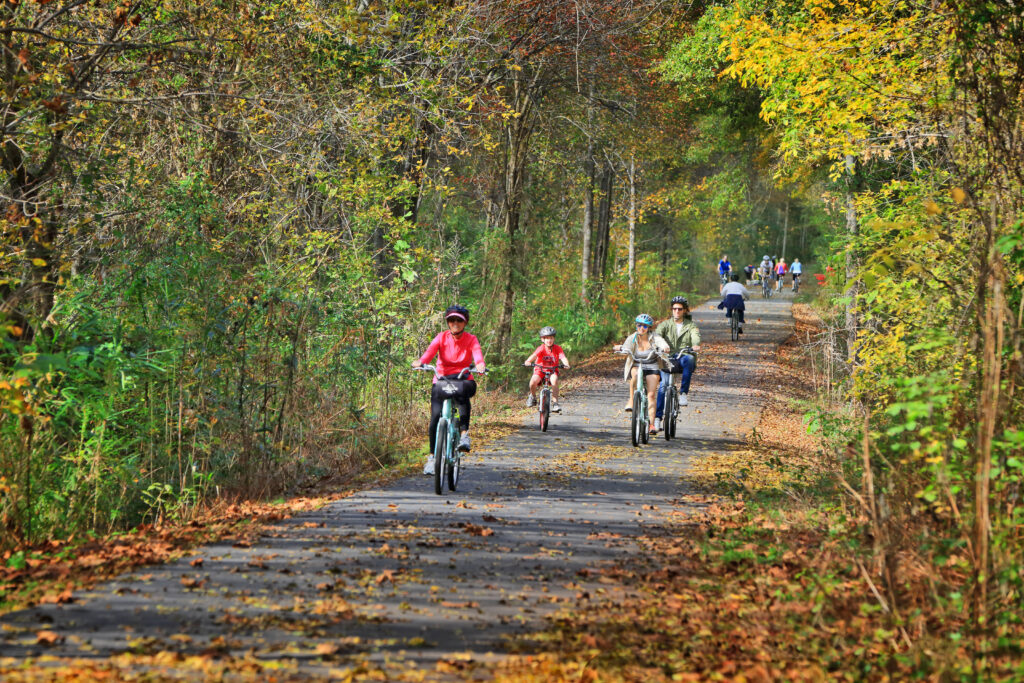
In 2007, the Greenville Co. Health System (GHS) pledged $100,000 per year for 10 years to help develop and market the Swamp Rabbit in an effort to promote physical activity and healthy lifestyles in the county. The trail—which spans almost 20 miles from Travelers Rest to Greenville, and connects universities, major parks and the GHS hospital system—already brings in more than a half-million visitors a year and has sparked a new biking and walking culture among children and adults. Read about the Swamp Rabbit’s pursuit of health in the Fall 2015 issue of Rails to Trails.
8. Economic Engine – Virginia Creeper National Recreation Trail (Virginia)
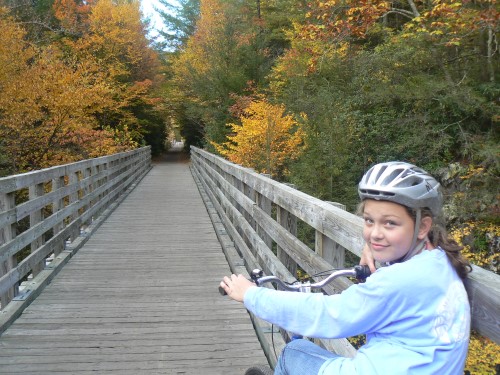
Given the huge economic impact this trail has had on the small towns of Abingdon and Damascus in Virginia, it’s hard to believe the trail almost didn’t materialize. Met with a lot of opposition from landowners, the 34-mile trail—officially opened in 1987—has become a much-loved destination and boon for economic development. Today, the towns welcome about 250,000 riders per year, more than 25 times their combined populations, and generate tens-of-millions of dollars annually in spending for rentals, lodging, food and beverages, equipment, etc., for the businesses along the route. Read more about this “Appalachian Engine” in the Winter 2015 issue of Rails to Trails. (And by the way—it’s a sweet ride!)
9. Commuter Paradise – Burke-Gilman Trail (Washington)
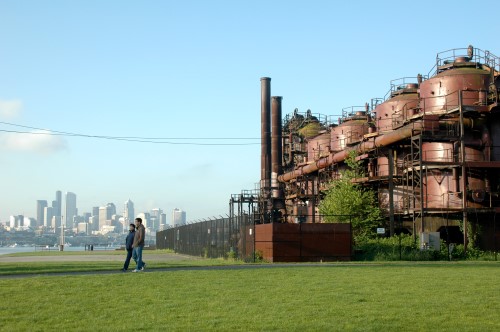
One of America’s first rail-trails, built in the 1970s, the Burke-Gilman has become a major artery for Seattle, Washington, active transportation. Its 18.8-mile route connects to employment centers, hospital facilities, major cultural destinations and neighborhoods, as well as the University of Washington, making it a prime commuter pathway. It’s also a hugely popular recreational corridor—locals are said to have deep personal connections to the trail—and beautiful Mount Rainier, visible in the distance, is always a showstopper. Read more about Seattle’s “Heart Line” in the Spring/Summer 2014 issue of Rails to Trails.
10. Southern Inspiration – the Silver Comet Trail (Georgia)
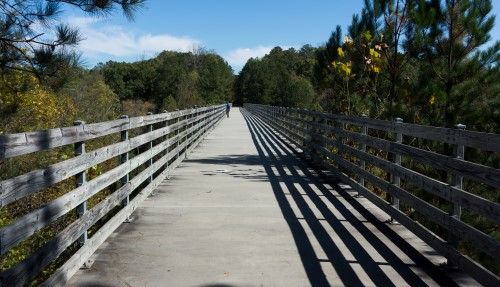
In 1988, with assistance from RTC, the 61.5-mile Silver Comet Trail began to take shape in Georgia—representing one of the first formal rail-trail development efforts in the South. The trail would help inspire many southern rail-trail efforts to come. In 2008, the Silver Comet was connected to the 33-mile Chief Ladiga Trail in Alabama, creating one of the longest rail-trails in the country. Watch RTC’s Marianne Fowler talk more about these historic projects.
We’ll continue to cover more great trails that have helped progress the movement to what it’s become—and that are taking us further to create regional, interconnected systems of the future. Stay tuned!

Donate
Everyone deserves access to safe ways to walk, bike, and be active outdoors.
